Carlo Scarpa Room
curated by Simonetta Lux
Scientific Concept by Alessandro Zuccari, Simonetta Lux
a project promoted by the Comunità di Sant’Egidio_ Laboratori d’Arte
“Living is living together. We are incomplete and unfinished beings because one does not exist without the other.
Art cannot achieve its objective if it precludes something or someone.”
César Meneghetti
After his presence at the 55th Venice Biennale of 2013, the exhibition by César Meneghetti presents at MAXXI a new series of works born within the ambit of the I\O_ IO È UN ALTRO project.
In Meneghetti’s works the disabled people met by the artist present themselves as persons, perfectly capable of producing thought, space and vision, persons that know, remember, valuate, work, love and create.
Over the course of four years, the research phase of this project has involved over 200 people with mental disabilities who live in the capital, through a multidisciplinary approach realised with the Art Workshops of the Comunità di Sant’Egidio in order to investigate the concept of confines.
The long process of research and education, workshop and creative actions will be narrated in the book that will accompany the exhibition I\O _IO È UN ALTRO, putting up for discussion the idea of ability/disability, frequently founded on prejudice.


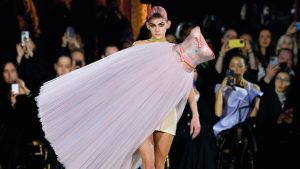






















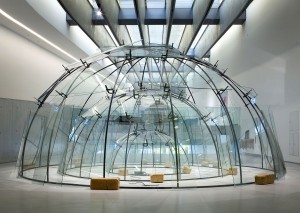
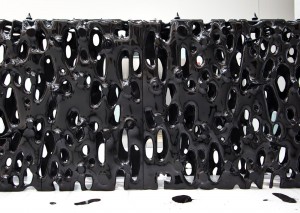
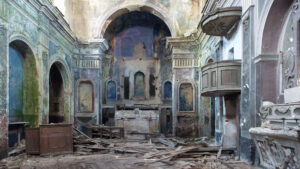


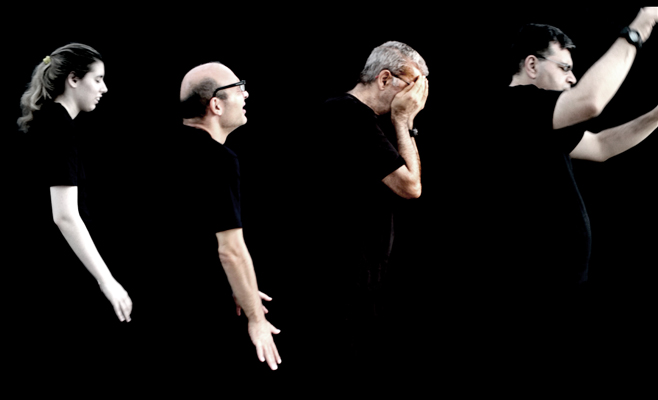
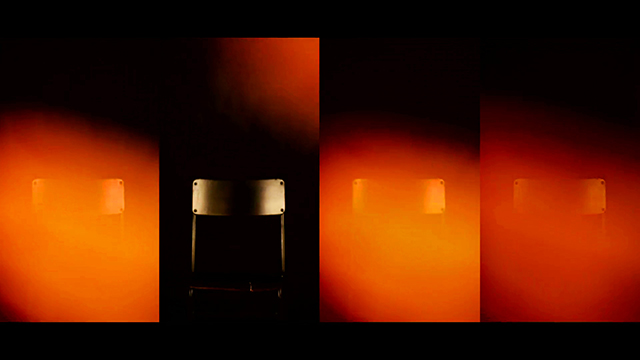
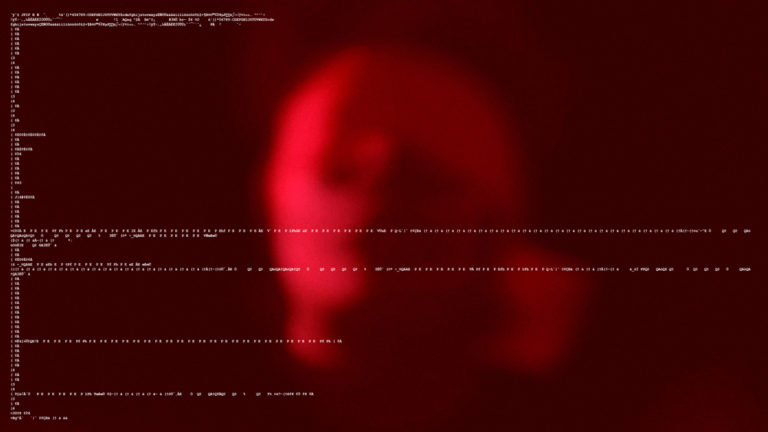

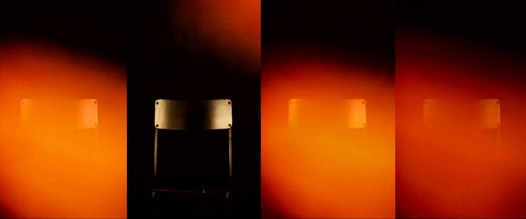
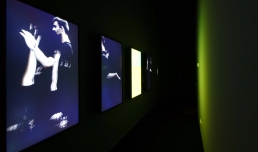
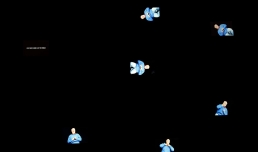
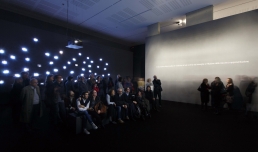
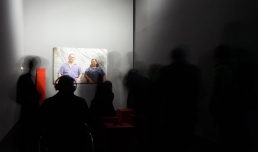
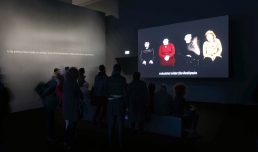

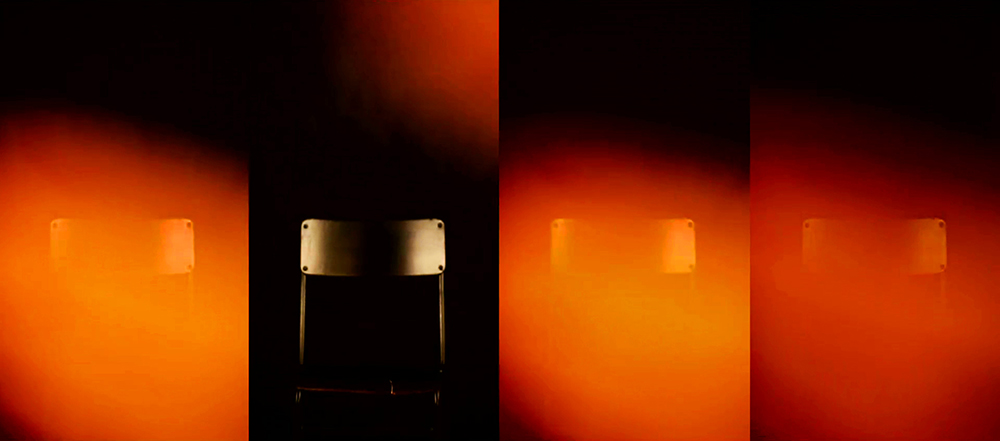
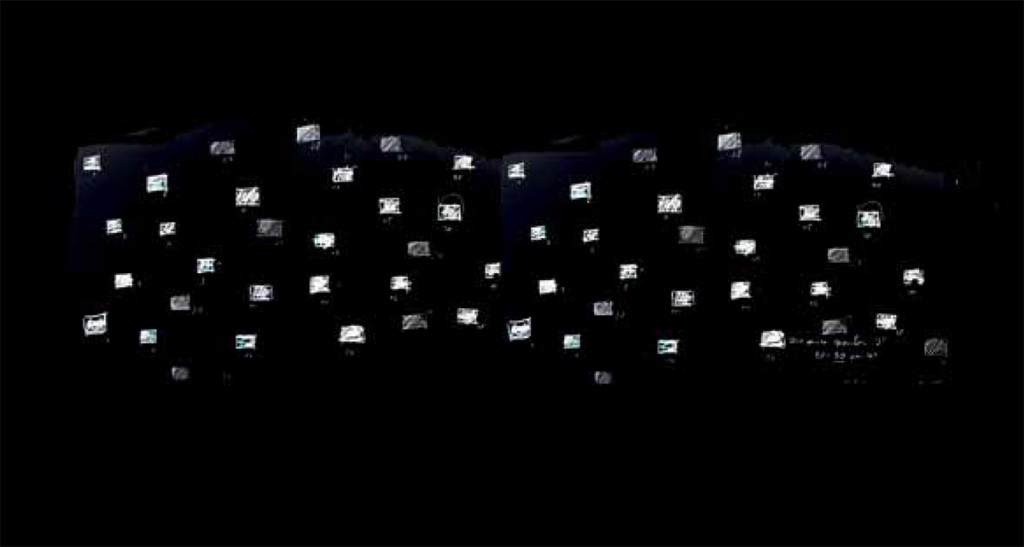
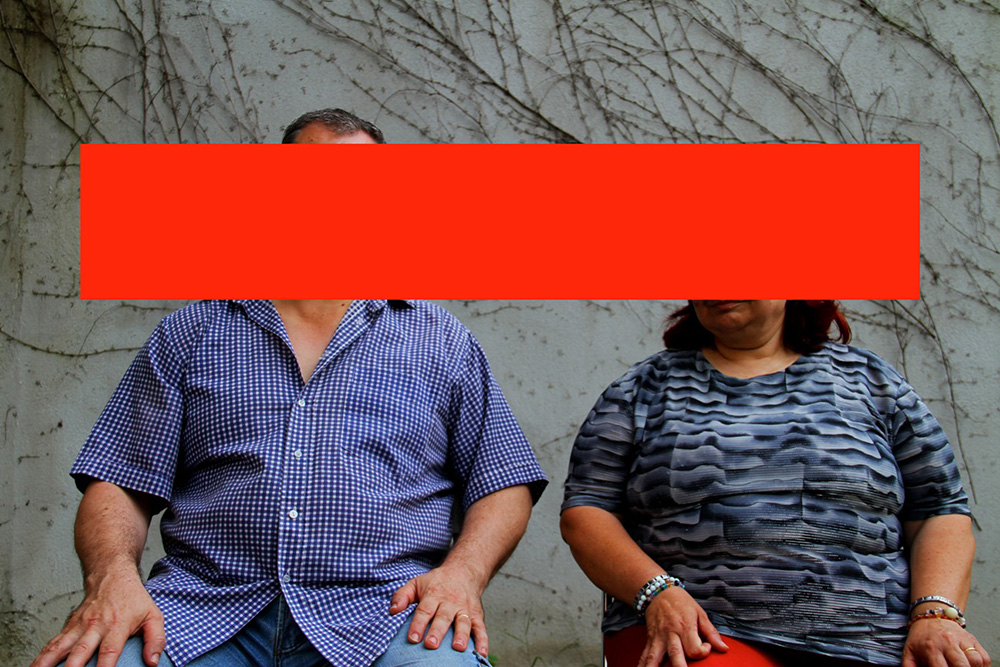
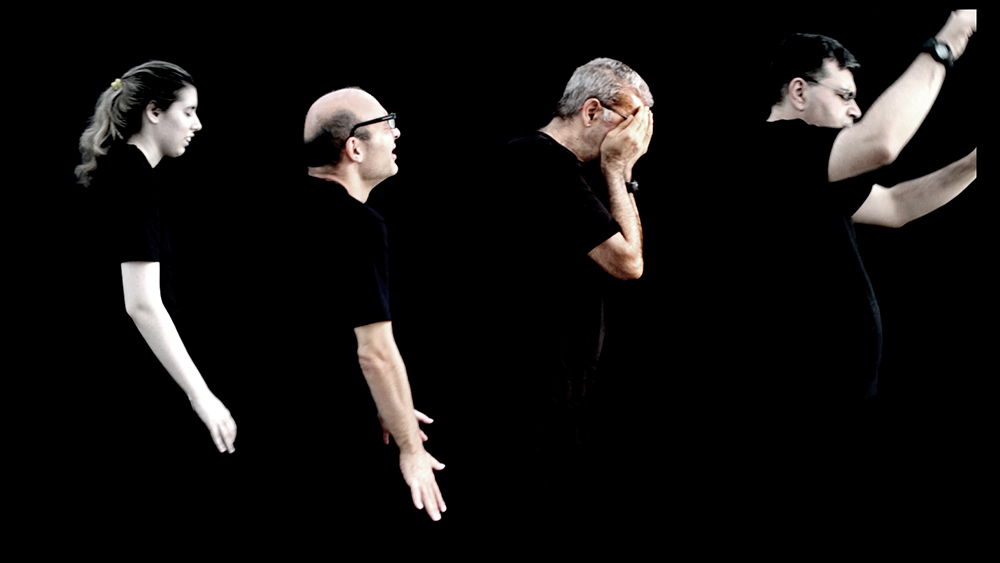

Carlo Scarpa Room
curated by Simonetta Lux
Scientific Concept by Alessandro Zuccari, Simonetta Lux
a project promoted by the Comunità di Sant’Egidio_ Laboratori d’Arte
“Living is living together. We are incomplete and unfinished beings because one does not exist without the other.
Art cannot achieve its objective if it precludes something or someone.”
César Meneghetti
After his presence at the 55th Venice Biennale of 2013, the exhibition by César Meneghetti presents at MAXXI a new series of works born within the ambit of the I\O_ IO È UN ALTRO project.
In Meneghetti’s works the disabled people met by the artist present themselves as persons, perfectly capable of producing thought, space and vision, persons that know, remember, valuate, work, love and create.
Over the course of four years, the research phase of this project has involved over 200 people with mental disabilities who live in the capital, through a multidisciplinary approach realised with the Art Workshops of the Comunità di Sant’Egidio in order to investigate the concept of confines.
The long process of research and education, workshop and creative actions will be narrated in the book that will accompany the exhibition I\O _IO È UN ALTRO, putting up for discussion the idea of ability/disability, frequently founded on prejudice.
I\O_WORK #01 VIDEOBOOTH #3
I\O_WORK #03 EX-SISTENTIA
I\O_WORK #06 LOVISTORI
I\O_WORK #08 PASSAGES-LANDSCAPES
contenuti correlati
Meneghetti, César
“Art cannot achieve its objective if it precludes something or someone.”
Cataloghi della mostra
Exhibition catalogue
2015
César Meneghetti. I\O è un altro